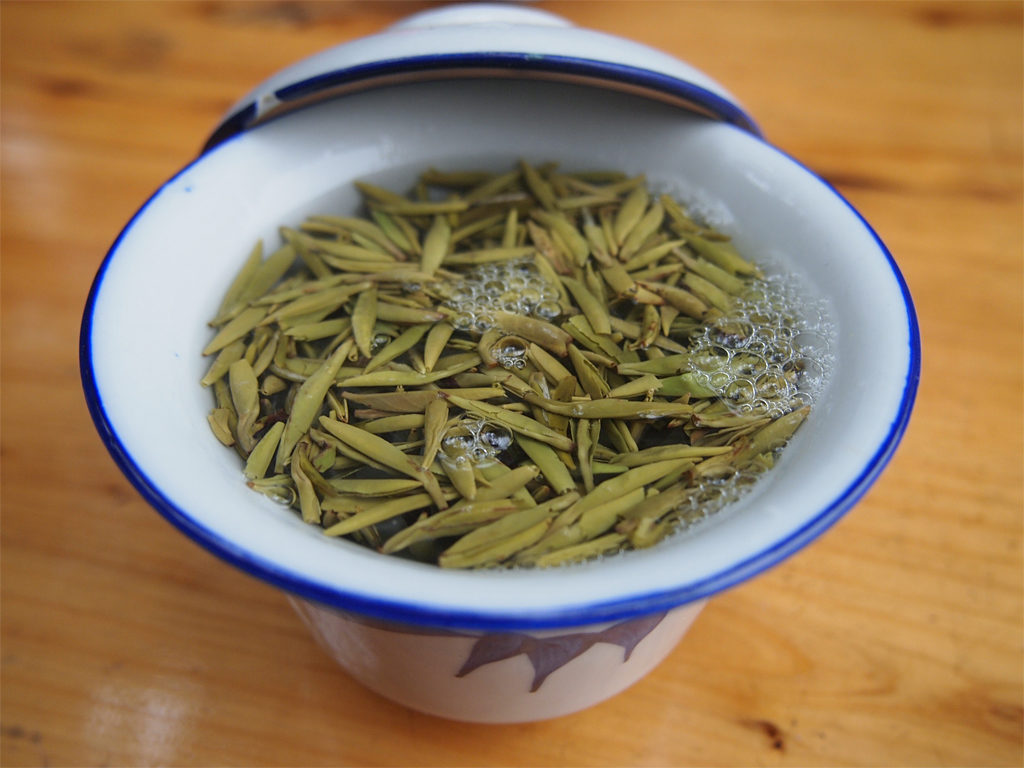The Fascinating History of Chinese Tea

A potted history of one of the world’s favourite drinks.
- Legend tells us that tea the drink, was discovered accidentally around 2700 BC by the mythical Emperor known as the Divine Cultivator, Shen Nong. In fact, tea has been drunk in China for 2,000 years.
- Tea drinking began in Japan during the Tang Dynasty (AD 618–807).
- Tea arrived in Europe around 1610, the same time that coffee found its way from Africa. During the 17th Century, coffee found more favour with the English than tea, but lacking any coffee growing colonies themselves, and not wanting to enrich their European rivals who did, the British Government encouraged the sale of tea.
- Britain and Russia became the leading European aficionados of tea, and remain so today.
- In the early days of importation, tea in Europe was a luxury, sold largely on the basis of its supposed medicinal properties. The rich had it, everyone else wanted it, and within a century, they got it.
- The British tea trade was lucrative enough to inadvertently spur the development of shipping technology: the clipper ship that arrived early in a British port with a fresh, and dry cargo, had a market advantage over its slower, leakier rivals.
- The Europeans originally imported green tea, but because of its colour it was easy to adulterate with cheaper, look-alike plants. The market eventually switched to black tea.
- Americans were keen tea drinkers early on but the events leading up to and including the Boston Tea Party in 1773 changed all that. Today they remain staunch coffee drinkers.
- The Opium Wars grew out of the British public’s love affair with tea. British coffers were draining away to China to pay for imported tea leaf, but the British had nothing compelling to offer to the Chinese in return. The Brits, wanting to even up the trade imbalance, sold the Chinese opium from British India. With some two million people addicted to “foreign mud”, Chinese outrage resulted in attempts to restrict the import of opium, and the Opium Wars resulted.
- The China tea trade reached its zenith in 1886. The Opium War, the Taiping Rebellion, combined with a general decline in Qing Dynasty fortunes, resulted in a drastic decline of exports. By the 1940s India and Japan were the leading tea merchants to the world.
- Although Chinese have had cups with handles since early times, handleless cups, or bowls, with or without lids have usually been preferred.
- The tea saucer is not a British, but a Tang Dynasty-Chinese invention. Handleless cups full of tea are too hot to easily pass around. The saucer acts as a ‘tray’; its circular indent designed to prevent the cup from slipping around.
Source: All the Tea China
Try this Chinese tea recipe
Tea eggs
More information about Chinese tea
A Chinese Tea Primer – Eating China
